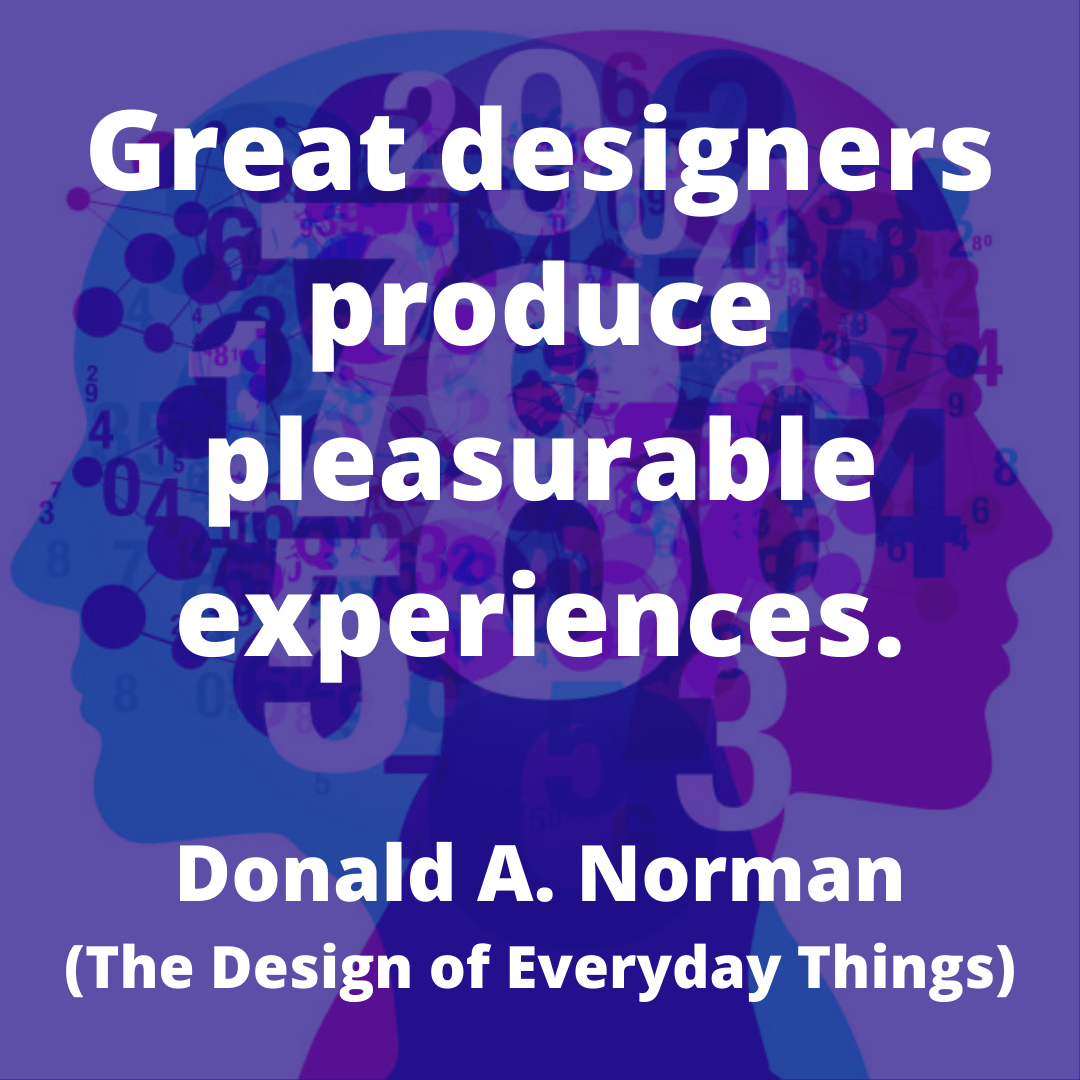As a Data Analyst, it is my job to take data, manipulate it and articulate it so that it delivers answers to the questions the audience has, in such a way that they have a pleasurable experience while getting the answers. This is a tough ask, one that requires combining technical ability with User Design experience.
Recently I got reminded that I still have a long way to go in creating Dashboards that are pleasant to look at and impactful. In a recent work project, I got to work with the UX team on designing a Tableau Dashboard. I thought I was ok with designing beautiful and functional dashboards, but after their presentation I realized I still have some improving to do.
Inspired by this realization, I started watching a few webinars from experts to pick up best practices. One of the memorable webinars I watched was the seven part series titled Building dashboards that persuade, inform, and inspire hosted by Andy Cotgreave, one of the authors of The big book of Dashboards. I liked these series as they gave very practical advice with examples. There were a few key tips that I picked up and wanted to share here. They are easy to follow and have a big impact. I give an example at the end how I applied these tips to improving one of my publicly accessible Dashboards.
Fortunately, the tips can be applied to improving any Dashboards, whether its Tableau, Google studio, Salesforce, etc.
Design to a grid
Grids help organise content on a dashboard. Many of design tools have the option to show grid lines, similar to the image below. Not every box has to have content and the grid does not have to be just vertical or horizontal, it can also be diagonal.
Research also shows that it is best to have the key information in the top left corner or at the top row of the dashboard.

Avoid Clutter
On any dashboard, show only the needed information. A dashboard can only really answer a few key questions and when you try to put everything, it can easily become cluttered. Make white space your friend as it can help a dashboard look more cleaner, give it room to breath. Below is an example of a cluttered Dashboard (left) versus one that has been stripped down for easier readability (right).

Use of color
Use of color is also another important thing to keep in mind. Use color to communicate information as well as create pleasurable experiences. Use colors minimally as more colors add mental overload. There are 5 key guidelines to using color depending on the type of data you have:
If you have quantitative data you can use sequential (e.g., to show sales or population in regions) or diverging (e.g., profit or loss) color palettes as shown below. While if you have qualitative data, you can use categorical palettes. And under this, you can use a color to highlight and draw attention to a piece information, or you want to alert about something in the data.
When working with combination of colors, be mindful of color blindness. Use colors where even those that are color blind, still show well. Luckily tools like Tableau offer palettes that are friendly for persons that are color blind.
Font contrast and BANS
To reduce the cognitive load in Dashboards, the Webinar advises to have three levels of fonts; the top, middle, and low. Simplify the typographic structure. This guideline also helps one be more disciplined if you just keep to few things.

They also advise to use BANs, which refers to Big Ass Numbers. These are quite common nowadays in Dashboards, especially executive ones. Most people are looking for key numbers – KPIs. But more than just numbers is if one can indicate if these BANs are good bad. And a good place to put them is in the top row grid.

Collaboration
Just as I started this story, collaboration, especially with knowledgeable people who have different perspectives can help you iterate and evaluate your dashboard until it is more functional and clear. For Tableau users, there are a lot of opportunities to find collaborators, from Tableau user groups, Tableau public, to Blog contributors. Thus do not be afraid to collaborate.
Steal like an artist
This is one of my favorite methods for learning something. When I was younger and learning how to draw, I would trace or use number block drawing approaches and I actually felt bad like I was cheating. But as long you are not taking someone’s work and passing it on as your own (plagiarism) then this is a good way to learn, to have a starting point, to find inspiration, to reverse engineer a process. By that process of copying, you learn the process, and you can slowly start to infuse your own creativity, and become an expert.

With these tips, I went back to one of my recent public dashboards on Integration Statistics in Finland to see how I could improve it. The first thing I improved was the use of the grid. Before, my visualizations were misaligned but now they are aligned to the grid. I reduced the number of details and colors to just the essentials color. Have a look and let me know how it now looks 🙂 -> Integration Dashboard





